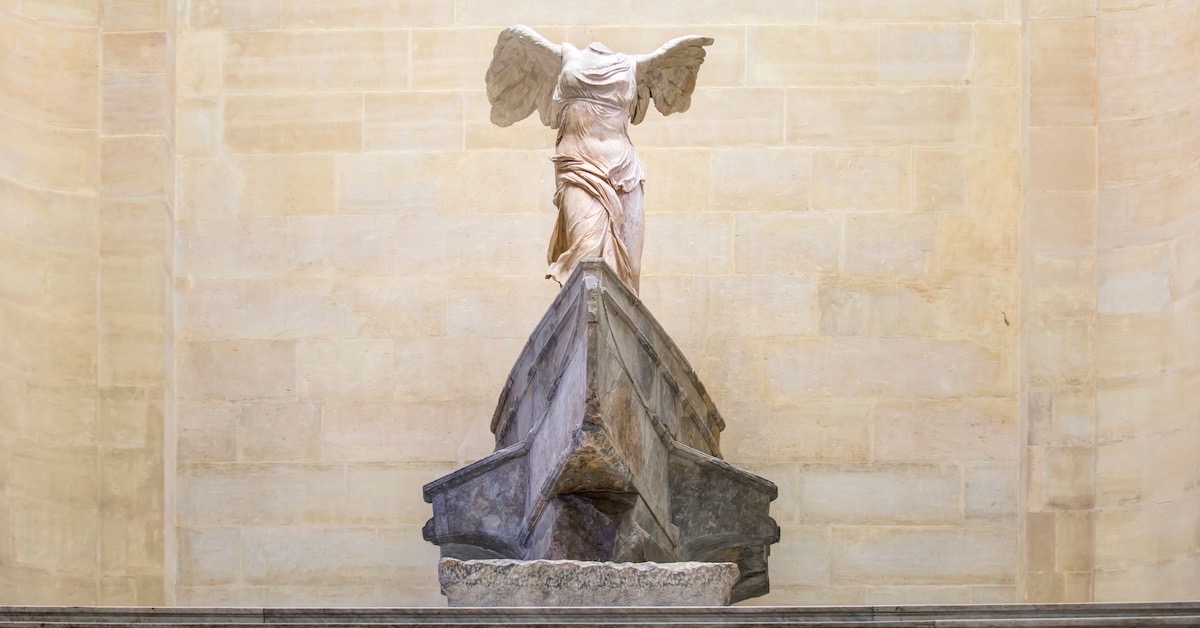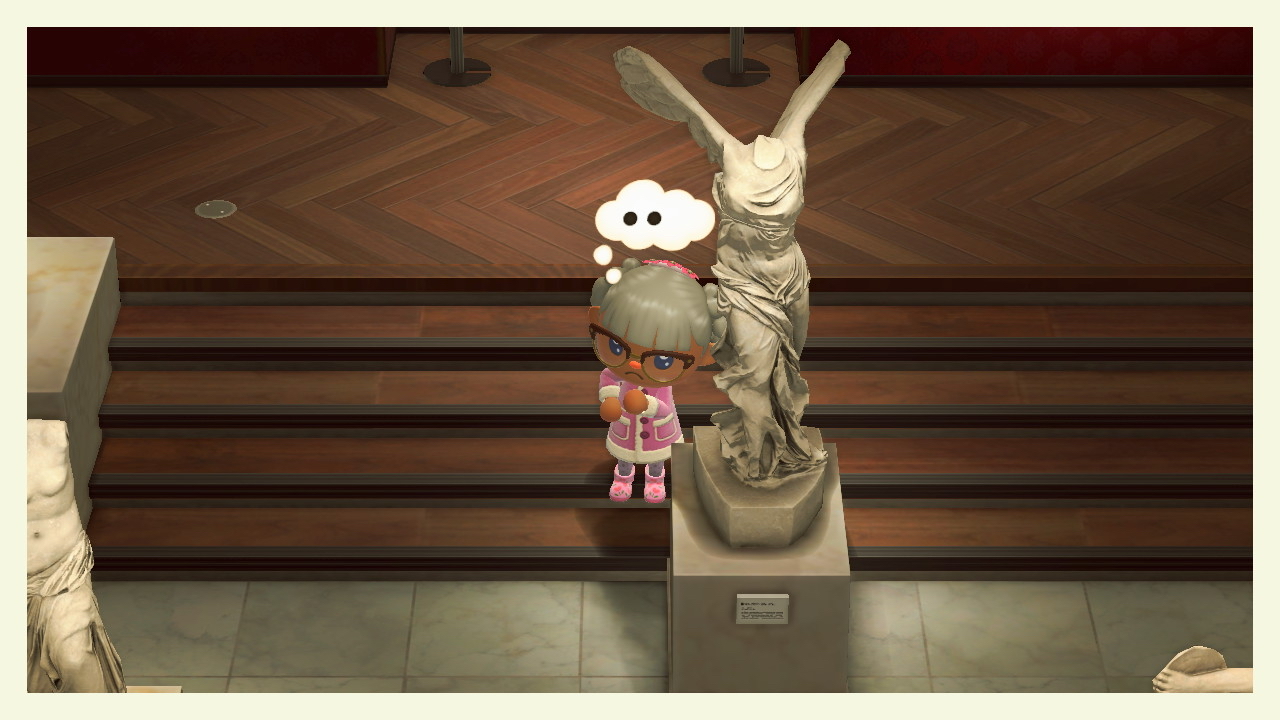Jan 17 2022
Blathers on Art : Valiant Statue

Good Day, esteemed visitor and welcome to another edifying instalment of art history as presented by yours truly.
In today’s artistic sojourn, we will briefly discuss the stunning sculpture, Winged Victory of Samothrace - the Valiant Statue. Our discourse will be a brief one because . . . well, very little is actually known about the creator of this work of art.
Poised on what appears to be the bough of a ship, the Greek goddess, Nike stands bravely against the elements at sea while heralding a successful journey. Admits the elements - choppy, sea storms, unyielding winds and perhaps the threat of a looming kraken or two; the goddess protects her charges unswervingly.

Excavated, in parts and across multiple excursions; the statue of Nike was assembled and restored by the Louvre museum in France which has been its home since the mid-eighteen hundreds. It is believed that the statue itself dates back to 200-190BC and was originally found on the island of Samothrace.
The Winged Victory of Samothrace, with its exquisite draping details and exploration of the human form is nothing short of a magnificent feat of sculpted marble. Although the head and arms of Nike remain missing, the craftsmanship of her creator is not lost upon viewers.
Art historians and archaeologists speculate that this Greek sculpture was made and enshrined in offering at the sanctuary of Great Gods. In earlier days when man braved harsh elements such as travel across seas, Nike was both testament and heartfelt request to the deities above. Standing both in and against space, to be viewed at a three-quarter angle, the viewer is engaged in Nike’s seeming prowess and divine strength. The wind behind her propelling her forward as she stands bravely at the helm to face what is to come, triumphantly with Heaven’s grace.
